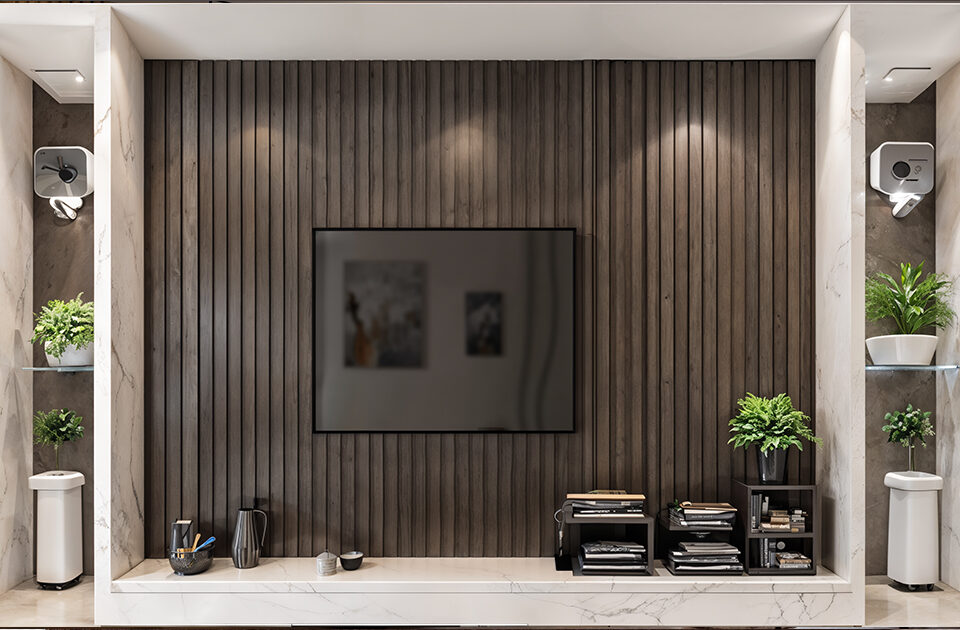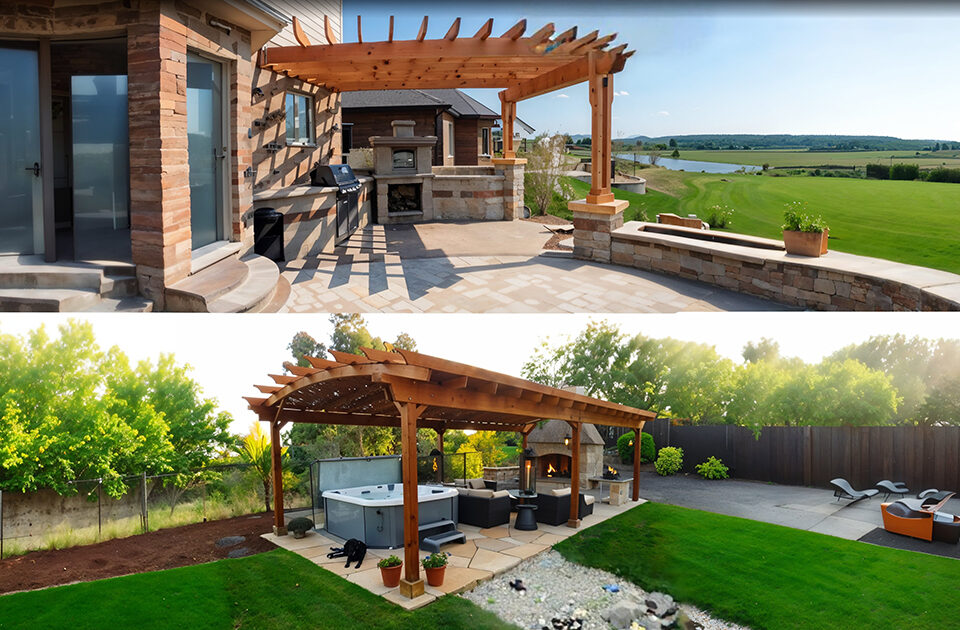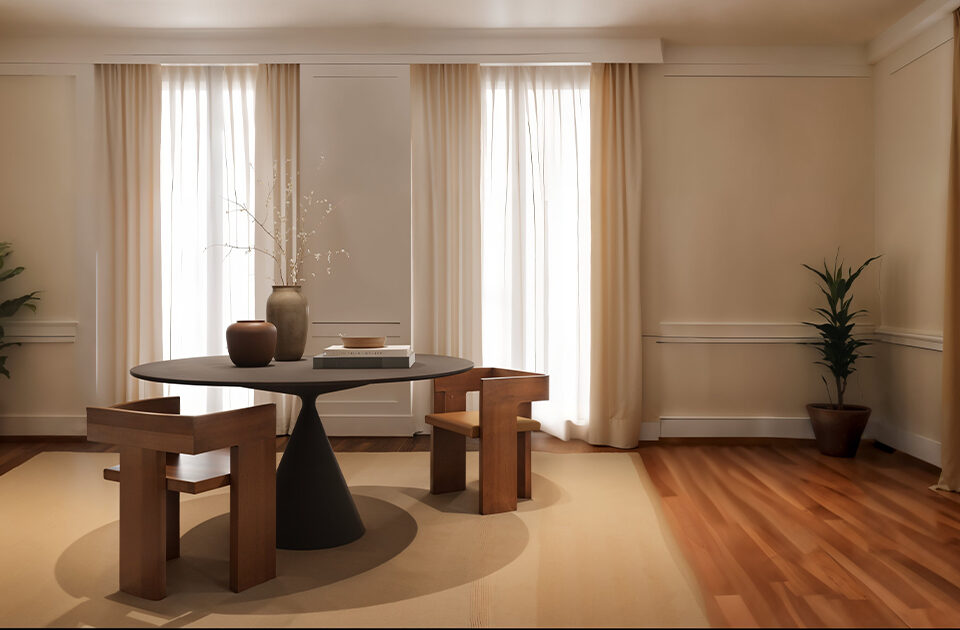Engineered Wood Floor Checklist: A Comprehensive Guide to Quality and Style

Engineered Wood Flooring: A Detailed Exploration
November 27, 2023
Maximize Your Outdoor Experience: 5 Benefits of Installing Decking This Summer
February 15, 2024Engineered wood flooring has become a popular choice for homeowners seeking a balance of elegance and durability. Before diving into this stylish flooring option, it’s essential to understand the key aspects that define a high-quality engineered wood floor. This checklist will guide you through the selection process, offering insights and answers to common questions.
What should I look for in engineered wood flooring?
When selecting engineered wood flooring, consider the following:
- Construction: Opt for a multi-layered structure with a solid wood veneer. This enhances stability and minimizes the risk of warping or cupping.
- Thickness: Choose a suitable thickness based on your needs. Thicker planks often provide more durability and can be sanded and refinished multiple times.
- Finish: Look for a high-quality finish that complements your aesthetic preferences. Common finishes include matte, semi-gloss, and high-gloss.
- Wear Layer: A substantial wear layer ensures longevity. Aim for a thick wear layer to resist scratches and wear over time
What are the specs of engineered wood flooring?
Understanding the specifications of engineered wood flooring is crucial for informed decision-making. Focus on:
- Species of Wood: Different wood species offer varying levels of hardness and aesthetic appeal. Consider your lifestyle and design preferences when selecting a species.
- Janka Hardness Rating: This measures the hardness of the wood. Higher ratings indicate greater durability against dents and scratches.
- Installation Methods: Engineered wood flooring can be glued, nailed, or floated. Choose an installation method that aligns with your skill level and the condition of your subfloor.
What do you put on engineered wood flooring?
To preserve the beauty of engineered wood flooring:
- Use Area Rugs: Place rugs in high-traffic areas to minimize wear and prevent scratches.
- Furniture Pads: Attach felt pads to the bottom of furniture legs to avoid scratches and dents.
- Avoid Water Exposure: Wipe spills promptly and use a damp (not wet) mop for cleaning. Excessive water can damage the flooring.
How do you maintain engineered wood flooring?

Proper maintenance ensures your engineered wood flooring stays in top condition:
- Regular Cleaning: Sweep or vacuum regularly to remove dirt and debris that can cause scratches.
- Avoid Harsh Cleaners: Use pH-neutral cleaners specifically designed for engineered wood floors to prevent damage.
- Humidity Control: Maintain a consistent indoor humidity level to prevent warping. Use a humidifier or dehumidifier as needed.
Which type of engineered wood is best?
The best type of engineered wood depends on your preferences and requirements:
- Oak: Known for its durability and versatility, oak is a popular choice for engineered wood flooring.
- Walnut: Offers a rich, dark color and distinctive grain patterns, adding a touch of sophistication.
- Maple: Known for its light color and durability, maple creates a bright and inviting atmosphere.
What is the strongest engineered wood?
For superior strength and durability, consider engineered wood options with a high Janka Hardness Rating. Brazilian Walnut (Ipe) and Hickory are known for their exceptional hardness, making them resilient against heavy foot traffic and potential impact.
In conclusion,
The engineered wood floor checklist empowers you to make informed decisions, ensuring your flooring not only enhances your home’s aesthetic appeal but also stands the test of time. Choose wisely, and enjoy the timeless beauty and durability that engineered wood flooring brings to your living space.




